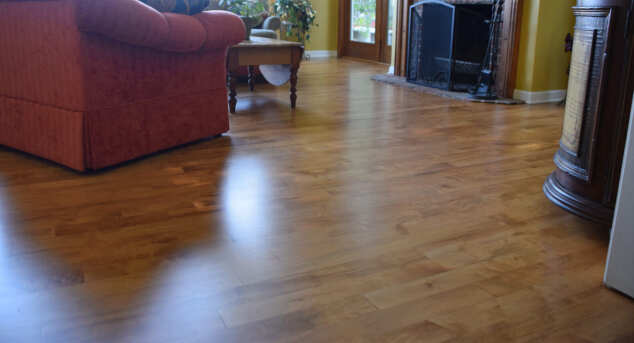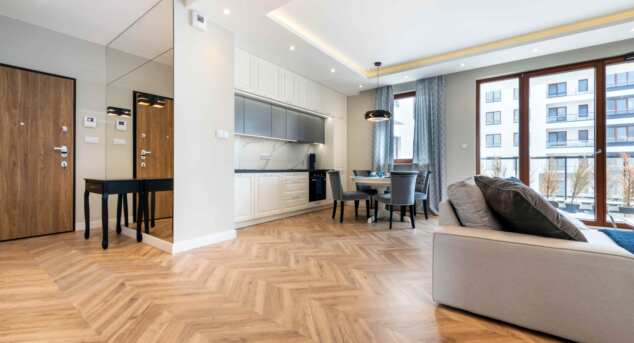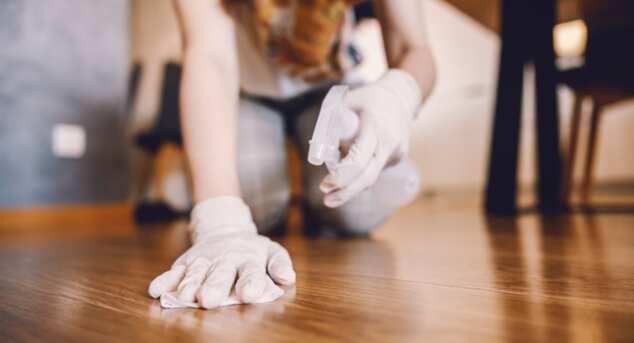Mahogany Red to Cool Brown Color!
Posted by Aaron Schaalma

Posted by Aaron Schaalma

Identify if your wood floors have polyurethane using visual clues and easy home tests, then learn oil vs water poly care steps.
Posted
By Aaron Schaalma

Learn what truly dustless hardwood refinishing means, key signs of a clean setup, process steps, and how to choose the right Wisconsin pro.
Posted
By Aaron Schaalma

Protect your wood floors with the right cleaner. Learn how to choose safe, pH-neutral options that enhance beauty, prevent damage, and extend life
Posted
By Aaron Schaalma